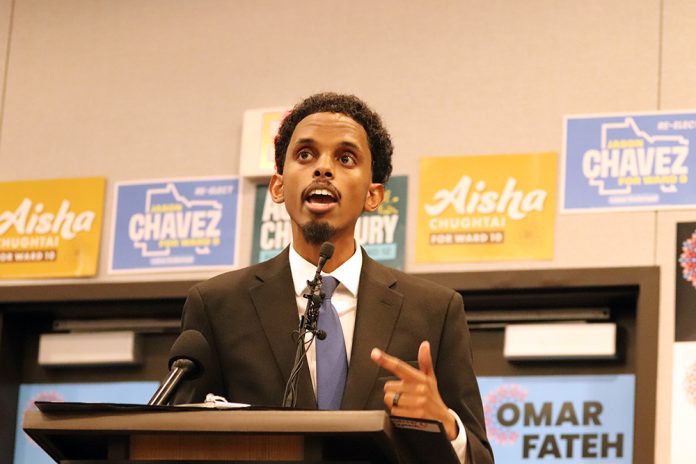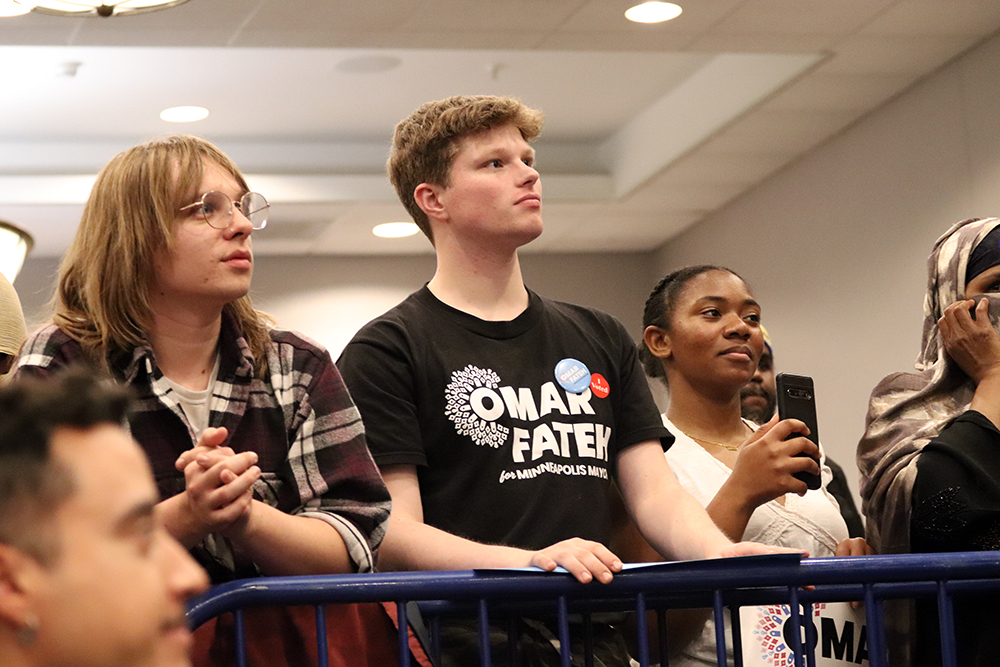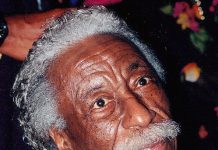

Mshale Editor’s Note: The author first wrote this on his Facebook page. We are reposting it here with his permission.
Omar Fateh lost because ranked-choice math and Minneapolis’s political geography made his path extremely narrow, even as he built one of the strongest insurgent coalitions the city has seen in years.
Here’s the simplest way to understand it.
1. Frey started with a big lead, and Fateh never erased it.
In Round 1, before any vote transfers:
Jacob Frey: 61,444
Omar Fateh: 46,614
Frey began the day with a 15,000-vote advantage.
Under ranked-choice voting, challengers usually need two things to overcome an incumbent:
A close first round.
A huge influx of second-choice votes.
Fateh got the second.
He didn’t get the first.
Even after all the transfers, he still finished about 8,300 votes short.
2. Progressive voters backed Fateh, but not enough ranked him.
The biggest block of redistributed votes came from DeWayne Davis, a progressive pastor with 20,414 first-choice votes.
His supporters broke strongly for Fateh:
12,607 of Davis’s votes went to Fateh.
4,727 went to Frey.
3,080 exhausted (no other choices).
This was Fateh’s best moment.
It cut deep into Frey’s lead, but it didn’t erase it.
Why? Too many Davis voters stopped ranking after their first choice.

Their ballots became “exhausted,” meaning they simply didn’t count in the Frey–Fateh matchup.
In a close race, exhausted ballots can be the difference between winning and losing.
3. A key centrist bloc broke slightly toward Frey.
Jazz Hampton’s voters were the most pivotal swing group. His 15,339 supporters leaned toward Frey:
6,623 of Hampton’s votes went to Frey.
5,661 went to Fateh.
3,055 exhausted.
Hampton’s coalition broke more toward Frey.
This is where Fateh’s comeback stalled.
Even that small lean toward Frey made a difference. Fateh needed more of Hampton’s voters to close the gap.
4. The “other candidates” didn’t favor Fateh.
Every ranked-choice election has a long tail of minor candidates.
Together, they matter more than people expect.
From all the smaller campaigns combined:
Frey gained ~929 votes.
Fateh gained ~495 votes.
These numbers were tiny compared to the big blocs, but they all moved the needle in Frey’s direction.
5. Minneapolis’s political map still favors a pro-business centrist incumbent.
Fateh reshaped the city’s political landscape, but he was still running uphill against its underlying geography.
Neighborhoods with high homeownership — especially in Southwest and other higher-income areas that have long been the kingmakers in citywide races — stayed firmly with Frey.
Fateh dominated student-heavy, renter-heavy, and immigrant-rich parts of the city. His coalition was young, diverse, and energetic, but also geographically concentrated.
Meanwhile, the highest-turnout precincts tended to be Frey precincts.
And in a ranked-choice election with lots of exhausted ballots, turnout geography matters even more than persuasion.

6. Frey deployed a huge financial war chest.
Pro-Frey political action committees (PAC) raised more than twice as much money as groups supporting Fateh and his allies, giving the mayor far more resources for mailers, ads, and voter outreach.
Money doesn’t guarantee votes, but it helped Frey dominate the airwaves and shape the narrative in the final weeks of the campaign.
The bottom line
Fateh lost because:
- Frey had a large initial lead.
- Swing voters broke slightly toward the incumbent.
- Too many ballots became exhausted.
- And Minneapolis’s turnout patterns still benefit a centrist coalition.
But Fateh didn’t lose like an ordinary challenger.
He lost like a candidate building a new political majority, one driven by renters, immigrants, young voters, and communities long shut out of the center of power.
He redrew the political map, even if he didn’t win the office.
About Mukhtar M. Ibrahim
Mukhtar M. Ibrahim is the founder and principal consultant of Sayid Group, a management consulting and executive coaching firm. He was the founding publisher and CEO of Sahan Journal.
- Web |
- More Posts(1)








